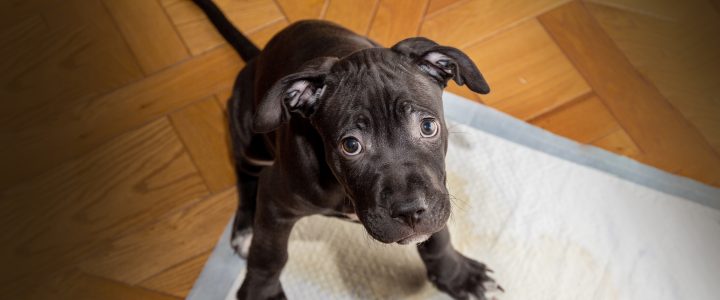Toilet Training
Making sure their new dog is reliably house trained is typically a high priority for most dog owners. After all, no one wants to mop up puddles left by their pup all day long! This article is intended as a quick reference as to how you can train your dog how to keep its business outside, and not spread all over your house.
The Training Process
The core principle of house training is simple; we want to train our dogs that when they empty themselves outside, good things happen! This process works just as well whether you are training a brand-new pup or an older dog that is not used to living inside the house.
Step 1:
Grabbing a couple of dry dog treats and popping them in your pocket, take your dog out to the area in which you want it to toilet. This may be the backyard, a courtyard, or the nature strip in front of your house. You will find the process will go much more smoothly if the area is quiet and has minimal distractions. To that end, if you have only just brought your dog home, it may be worth allowing it to explore your yard for an hour, so the environment is a little less interesting. If you have a puppy or a dog who is easily distracted, it can be worth keeping them on lead to help reduce distractions.
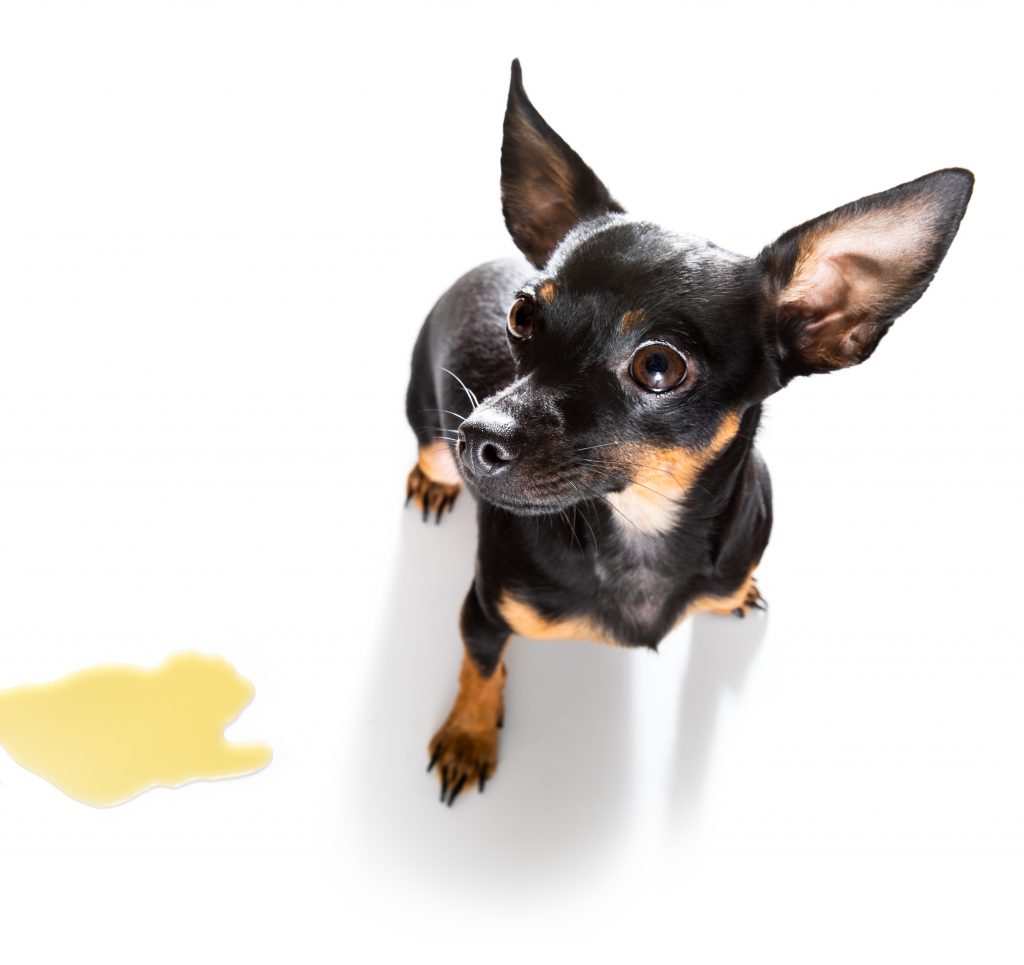
Step 2:
Once in the area, calmly follow along after your dog. Do not engage your dog in a game, speak to them or touch them. We want our dogs to be aware of our presence but not overly interested in what we are doing.
Step 3:
Eventually, your dog will stop, sniff at the ground/tree/wall, then urinate. Continue to ignore them until they finish. The second that they do so, give a nice clear “yes!” get excited and feed them the treats from your pocket.
Step 4:
If you suspect your dog also needs to defecate, continue to potter about the yard until she does so, then mark and reward again. Once you're confident that your dog is empty, clip off the lead and let your dog play. Once ready, head back inside.
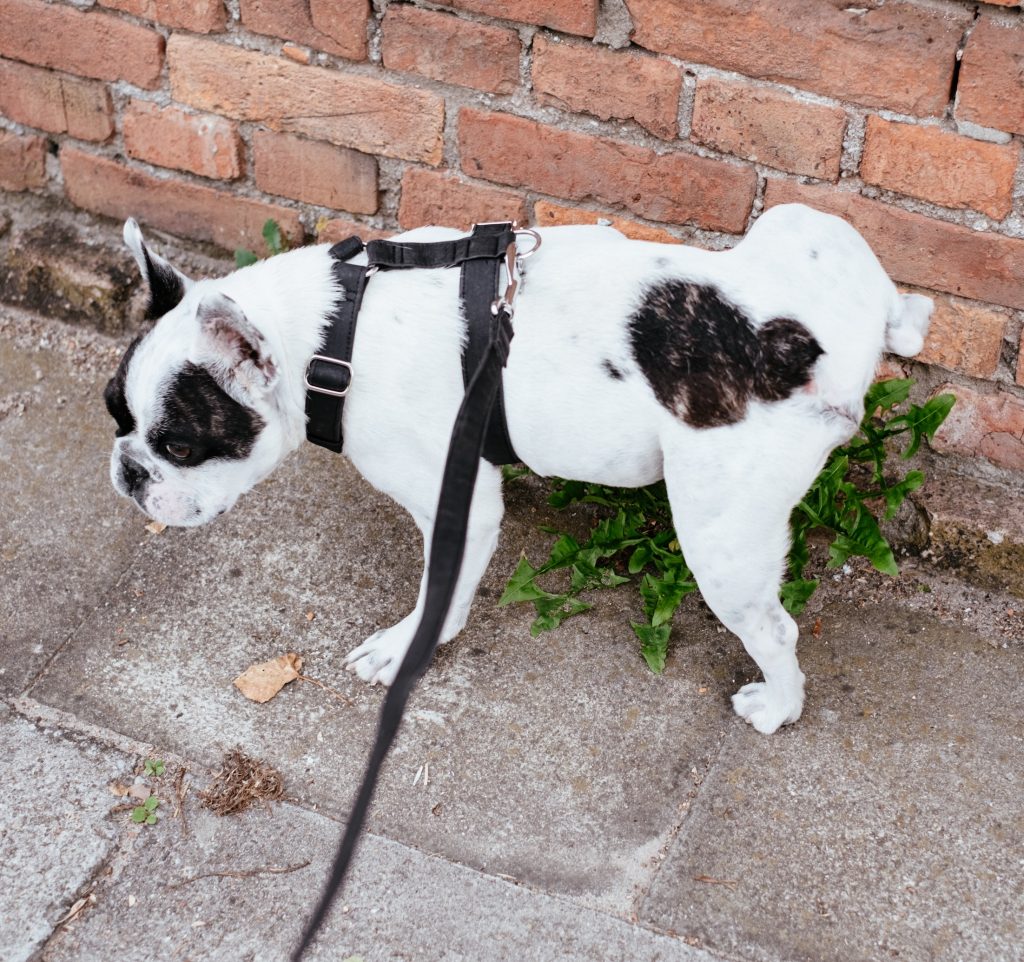
How Frequently Should I Take My Dog Out For A Toilet Break?
That depends on the dog. Young pups do not usually have complete control over their bladder and need to go out every 45 – 60 minutes if they are awake. Older dogs can wait longer, and you are better off taking them out every few hours and monitoring their behaviour in between breaks for an indication that they need to go. Pacing, sniffing at areas that they have had accidents in before, walking to the back door or ‘walking like a cowboy’ can all be indicators that your dog needs to head outside.
There are also times where your dog is likely to need a toilet break, such as:
- After waking up from a nap
- After a meal
- After they have had a big drink
Initially, Reduce Access to The House
The most difficult aspect of toilet training is that it requires us to supervise our dogs constantly to make sure they do not have the opportunity to empty inside the house. The effectiveness of toilet training hinges on our ability to reinforce emptying in the correct area and limit the ‘practising’ of emptying inside the house.
To minimise the opportunities that our dog has to empty inside the house, we need to reduce the amount of freedom that they have to match their current level of toilet training. It is exceedingly difficult to toilet train a dog that is running all over the house as you will not know if they've had an accident until it's too late.
There are several ways that we can reduce freedom, including:
- Using a crate
- Setting up a playpen
- Using a baby gate to keep the dog in the room with you
- Tethering the dog to a heavy piece of furniture
Once you have made some progress you can gradually start to increase the amount of freedom your dog has, while continuing to take them out for regular toilet breaks.
What Should I Do If My Dog Toilets Inside The House?
Nobody likes finding a puddle or a pile left inside by their dog. As frustrating as it can be, it is important to remember that dogs never empty inside maliciously. If they have had an accident inside, they either could not make it outside or don’t yet understand where they are meant to toilet.
If you catch your dog in the act of toileting, clip up his collar/pick him up and take him outside to finish. Most dogs will stop peeing when you touch them, though there may still be some mess. Avoid yelling, or telling your dog off for toileting in front of you – this can result in a dog that hides the accidents around the house.
If you find the accident after the fact, it is too late to do anything but clean it up. Do not point the accident and tell them they have done something wrong or rub their nose in it! Dogs are remarkable, intuitive animals but they will not learn where you want them to toilet via punishment. Owners will often remark that their dog ‘knows that they’ve done something wrong' when they’ve toileted inside the house, but this is not true. Usually, these dogs are responding to our tense body language that finding a fresh pile inside the house evokes.
How Should I Clean Up Accidents?
No matter how careful we are, sometimes our dogs are going to have accidents inside. It is important to clean up these messes quickly and completely – dogs are extremely sensitive to scents and will use the smell of a previous elimination as a cue to empty there again. We can make use of this when we are teaching them to toilet in the same part of the yard consistently, but we need to be careful to reduce unwanted scent cues inside the house as much as possible.
Accidental eliminations should be cleaned up with an enzymatic cleaner such as white vinegar (1 part vinegar to 9 parts water) as this will both clean and neutralise the smell. Avoid cleaners that simply mask the smell to human noses or ammonia-based cleaners which can promote dogs to eliminate over the top of the unpleasant smell.
Will My Dog Ever Let Me Know That They Need To Go Out For A Toilet Break?
In most cases, yes, particularly if you are good at ‘speaking dog’! Keep an eye out for pre-elimination behaviours that will indicate to you it’s time to take your dog outside – sniffing at the ground, spinning in a circle, lifting a leg and so on, as until you’re dog knows that you’ll let him outside if they ask, these are the best methods we have for catching accidents before they happen.
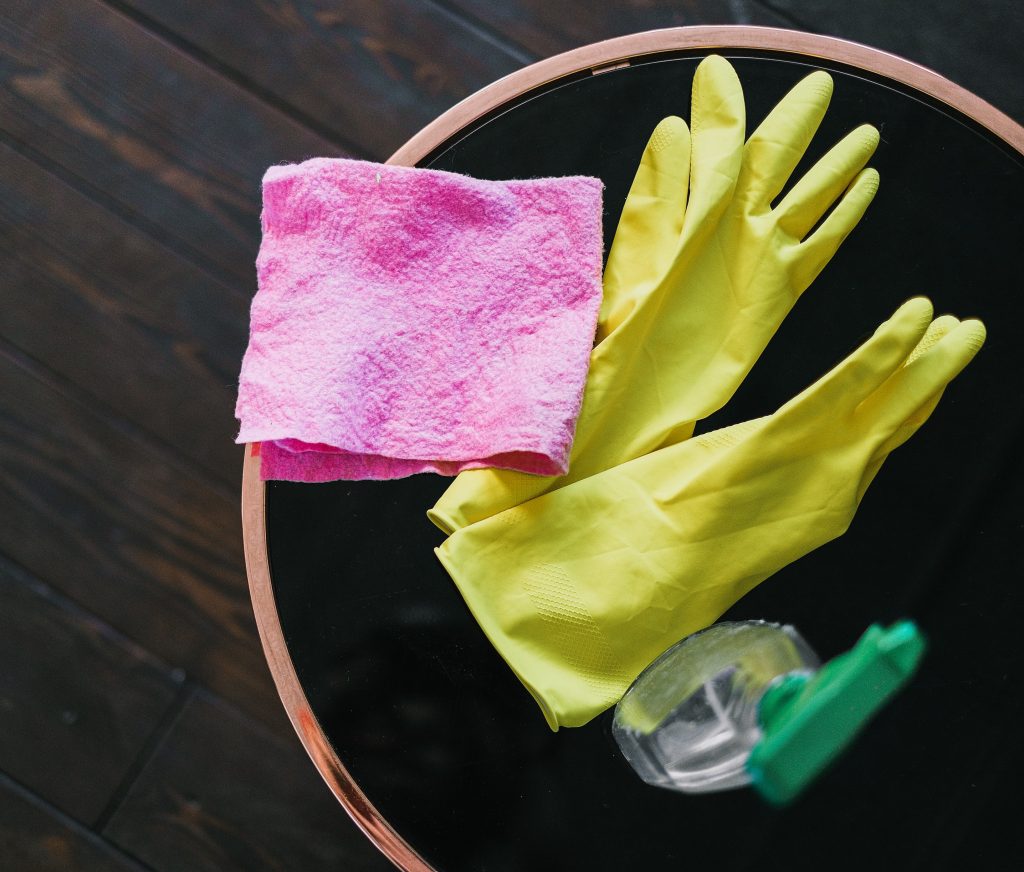
With enough toilet training repetitions, you will find that your dog begins to walk towards the door or tries to get your attention by staring at you or barking. When you start to see these behaviours, reinforce them! Tell your dog how great they are and take them straight outside. After this has happened a couple of times, your dog will learn that you listen when they want to use the bathroom.
If you are feeling particularly keen, you can also train your dog how to ring a bell to be let outside. Check out this short video detailing the process.
Need Some More Help?
Still struggling with toilet training? No worries, SCAR is here to help. Please feel free to contact our shelter if you would like to discuss your training troubles with one of our experienced staff members.
SCAR also provides puppy training classes as well as one-on-one training sessions, both in the home and at the shelter. To find out more about these sessions or to make a booking, Click Here.
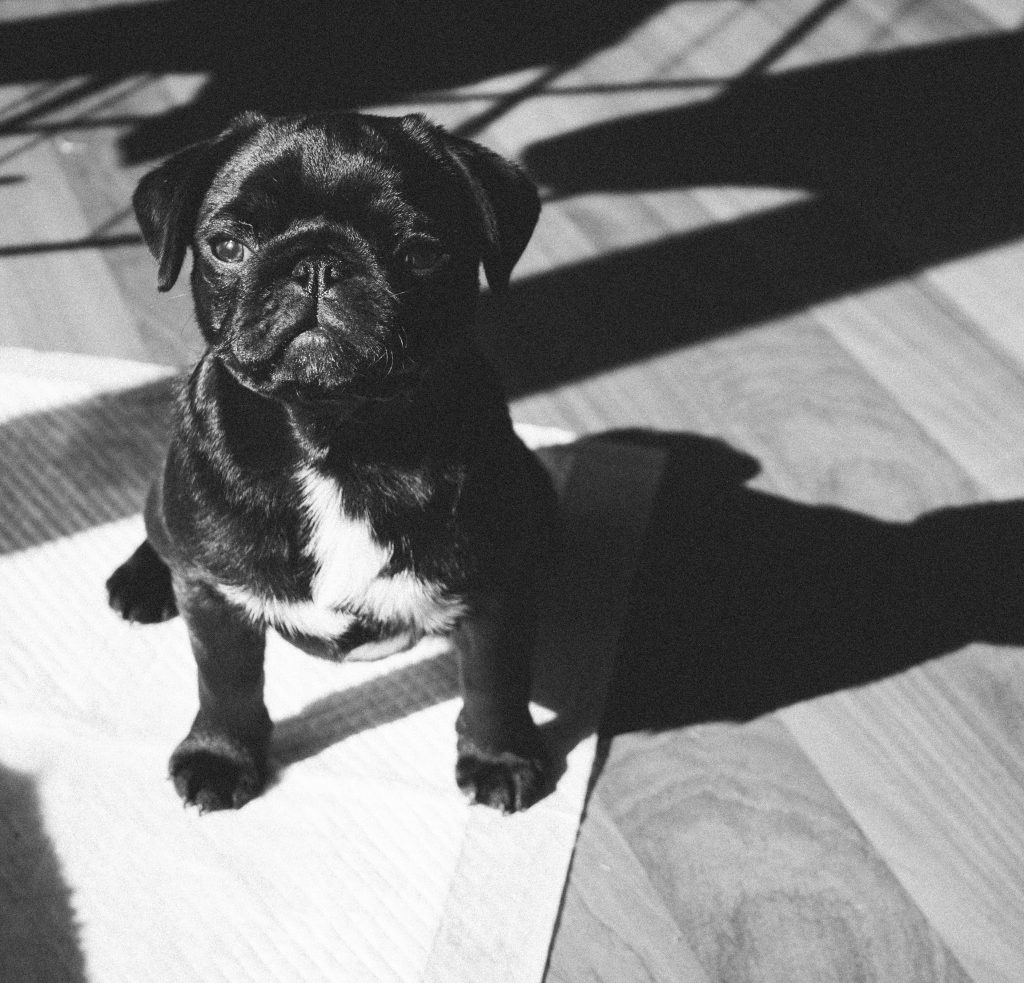
Further Resources:
If you would like to read more about this topic, here are a couple of excellent toilet training resources:

